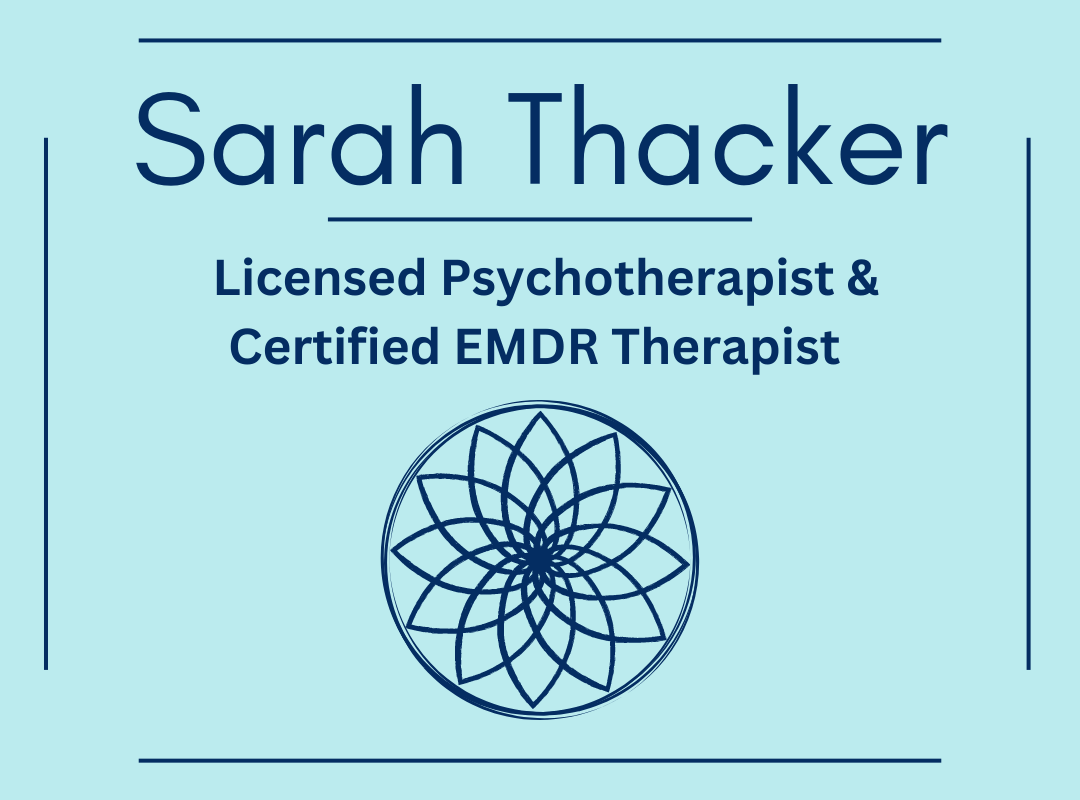Mindfulness is something of a buzzword these days. When concepts, words or disciplines become buzzwords they can lose their true meaning and power. Mindfulness is paying attention from moment to moment with a nonjudgmental awareness. When you are practicing mindfulness you do not judge the present moment, you experience it. When you are living mindfully, each moment of life as it is experienced just as it is unfolding in the here and the now. The ability to stay present invites you to experience your life in a meaningful way, where you are not simply responding to past experiences and stress or future worries. Engaging with the present moment is experiencing what is true right now.
When you are able to experience what is true right now you are able to acknowledge, feel and accept your emotions. The act of being mindful—of being completely engaged in the present moment—offers the opportunity to no longer act or respond to life out of your unconscious mental and emotional programming. When you step away from acting out of autopilot mode, you can begin to make conscious choices about how to live your life right now. When you are able to both be aware of your emotions and make a conscious choice, emotional eating becomes less overbearing and more within your conscious control.
While mindfulness may seem like a simple concept, it is definitely not an easy practice. While there are helpful apps, classes and books you can use to learn and practice mindfulness, having quiet time to be present and reflect on your experience of the present moment is where your power lies. The power is in the practice, not it in the learning about and studying the practice itself.
When you can experience your rich internal emotional world without hesitation or attempt to flee from any emotional distress or discomfort, your self-awareness grows. Through a consistent mindfulness practice, your ability to make a choice in the present moment is enhanced. When you practice mindfulness in a disciplined manner, over time, you free yourself from the binds of emotional eating. While this progression may sound simple, or too good to be true, remember that it requires these two elements that allow it to be integrated, over time, into your life: dedication and self-discipline.
When you bring the element of dedication to the practice of mindfulness you can offer yourself time daily to pause, reflect and release any emotions that are triggering your emotional eating. (You can read more about creating this personalized plan from a previous blog on this process here.) The importance of self-discipline is all about showing up for the practice, showing up for yourself and your emotions for the long-term. When you are fully conscious of your emotions, they become less uncomfortable and more of a message about your experience of your life. When you are more deeply connected to your internal emotional world, you can respond in an empowered way to your emotions and therefore not run from them, not attempt to escape them with food—or anything else that only serves to numb out your emotions.
To establish a mindfulness practice, it is best to start with one minute and then build from there. One minute of attempting to witness your emotions, thoughts, body sensations and external environment can feel like a really long time when you first begin the practice! After two to five days, increase to two minutes. Over time you may find that ten minutes feels really great! I recommend spending some time in reflection following the practice whether through journaling or simply acknowledging what the experience was like for you. I also recommend logging the minutes and making some simple notes about how you felt before and after the practice and any emotions or thoughts that arose, just to notice, not to judge.
As you apply this practice to food, eating, and further into your life, you will see how showing up for yourself in this way is empowering and freeing. You will see how allowing yourself to experience your emotions offers you valuable and deeply meaningful information about your experience of your life. Being mindful and emotionally aware allows you to make a choice about how to respond. Over time, food becomes less of a coping tool and more of a space where you can derive nourishment and pleasure. When you begin to integrate a consistent mindfulness practice into your life you open the opportunity to truly make peace with food.



